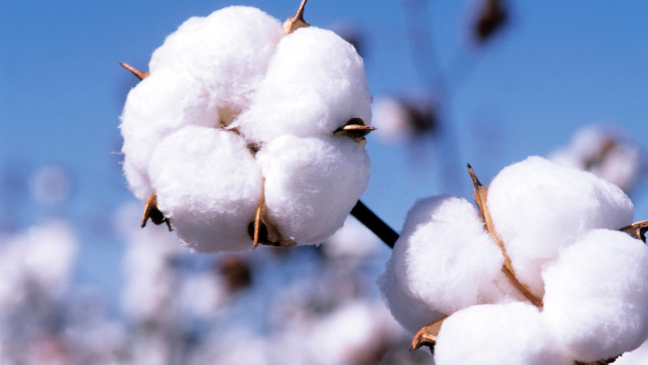
eBusiness Weekly

Africa Moyo
Cotton is slowly regaining its yesteryear billing as the country’s “white gold” after generating a commendable $80 million this year, driven by the Presidential Inputs Scheme, statistics show.
In 2016 cotton generated $11 million.
The Presidential Inputs Scheme, which started in the 2015/ 2016 season with the aim of reviving cotton growing by addressing concerns of high inputs by providing free inputs and paying a viable producer price. The support saw close to 400 000 farmers being supported in the 2017/18 season and putting 400 000 hectares under cotton production resulting in a yield of 140 000 tonnes.
Since the inception of the Presidential Scheme, output shot up to 74 000 tonnes in the 2016/17 season and 140 000 in the current season.
This is a major jump from the 28 000 tonnes achieved in the 2015/16 season due to a myriad of challenges dramatised by low producer prices and lack of input support. At peak in 2000, the country produced 352 000 tonnes of cotton.
Cottco managing director Pious Manamike, last week said foreign currency generation from cotton rose to $80 million from $11 million two years ago.
“The (Presidential) Scheme has seen close to 400 000 farmers going back to the fields and 400 000ha being put under cotton production.
“This has seen the nation benefiting from the foreign currency earnings that have grown from $11 million in 2016 to over $80 million in 2018 and other benefits along the value chain and around the ecosystem,” said Manamike.
Cotton’s performance regards foreign currency generation makes it a key resource which can be exploited without depleting just like tobacco, as long as farmers go back to the fields.
Gold, a key foreign exchange earner, is non-renewable; although the country is far from exhausting the 13 million ounces of the yellow metal underground.
Zimbabwe is understood to have hauled a measly 780 000 ounces of gold since Independence, out of the 13 million ounces reserves.
The rise in foreign currency generation has seen the country conserving $20 million this year alone through the use of locally ginned seed in cooking oil and stock feed manufacturing.
The Reserve Bank of Zimbabwe (RBZ) has called upon exporters to up their game so as to generate more foreign currency generation.
RBZ Governor Dr John Mangudya has previously said importation of crude oil and fuel was gobbling a combined $40 million per week.
It is expected that the fuel importation bill would top $1 billion by year-end driven by economic boom in various sectors of the economy.
Oil expressers need foreign currency to import soya beans, crude edible oils and other raw materials to meet demand for cooking oil and other related products.
Said Mr Manamike: “The use of local(ly) ginned seed in cooking oil and stock feed manufacturing resulted in forex (foreign exchange) savings of $20 million in 2018.
“The production volumes and financial benefits remain on a growth trajectory.”
The rise in foreign currency saving savings for the cooking oil sector come at a time cotton output jumped by 89 percent to 140 000 tonnes this year compared to 74 000 last year.
In 2016, cotton output was 28 000 and the recent surge in output follows the decision by Government to increase hacterage under the Presidential Input Scheme.
The Scheme has seen close to 400 000 farmers going to the fields and 400 000ha being put under cotton production.
Mr Manamike called for the continuation of the Presidential Scheme so as to boost output and consequently foreign currency generation.
“In this set up, private ginners will be starting at the ginning stage by toll ginning for Cottco while merchants will start at the trading stage by buying lint from Cottco.
“Side marketing will be minimised if not eliminated,” said Mr Manamike.
Mr Manamike said privatising the cotton sector will make farmers unviable as side marketing would become the order of the day.
Government has since announced its intention to restructure the Agricultural Marketing Authority (AMA).



